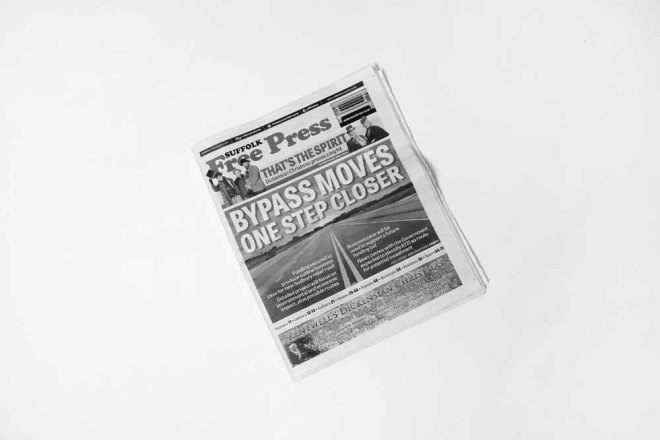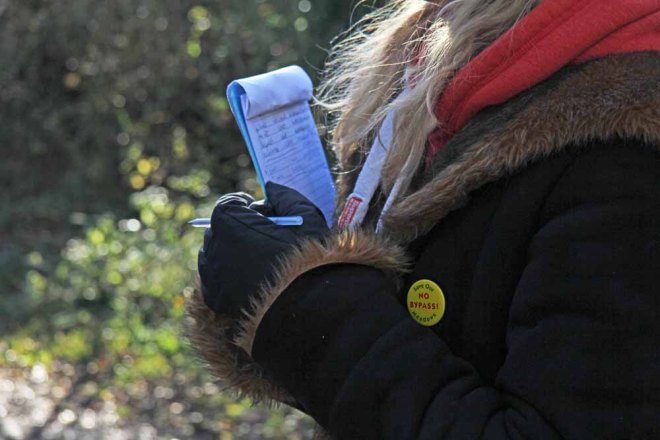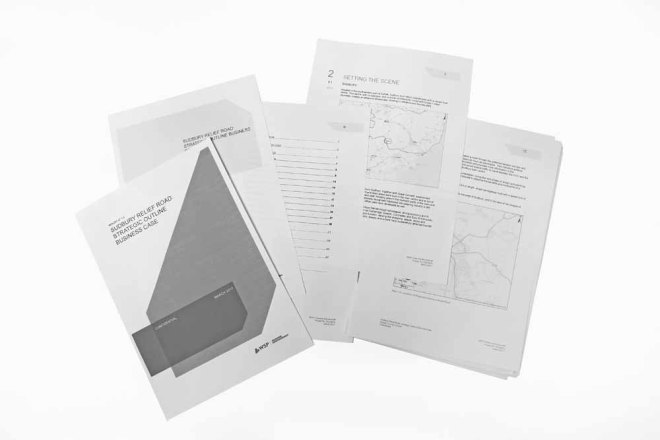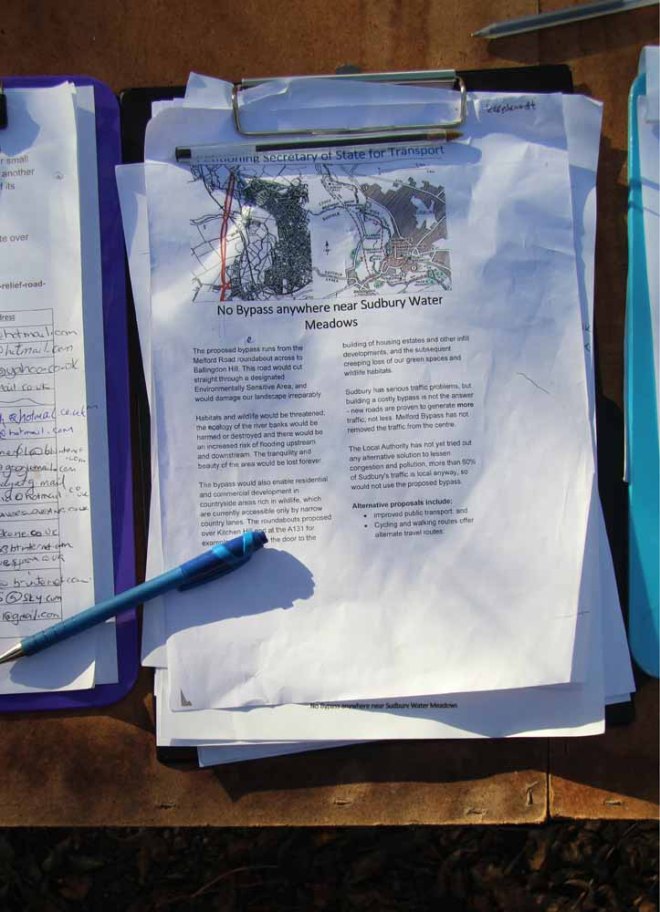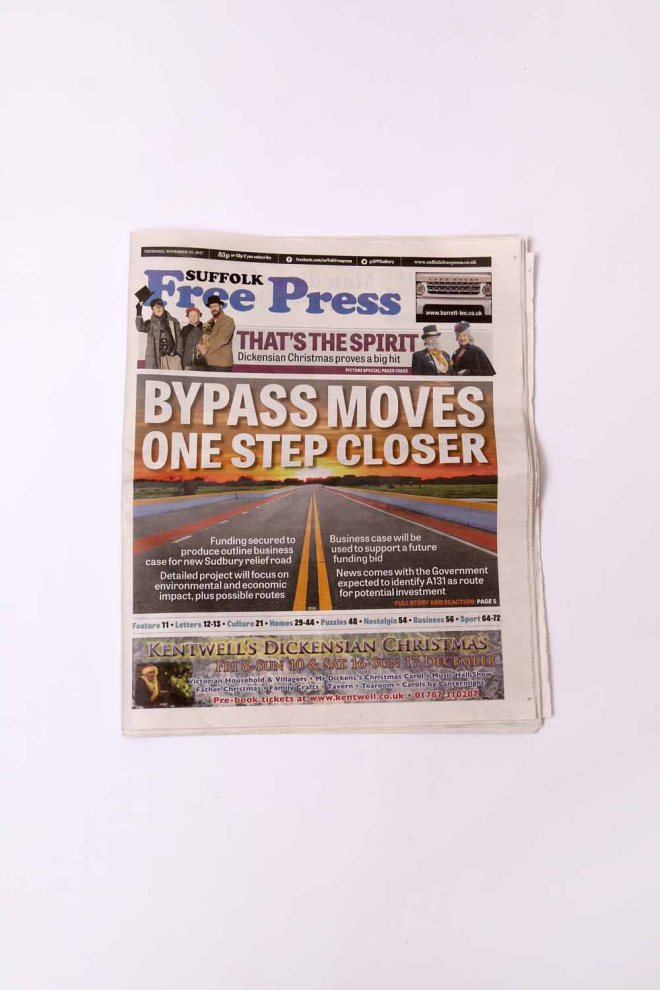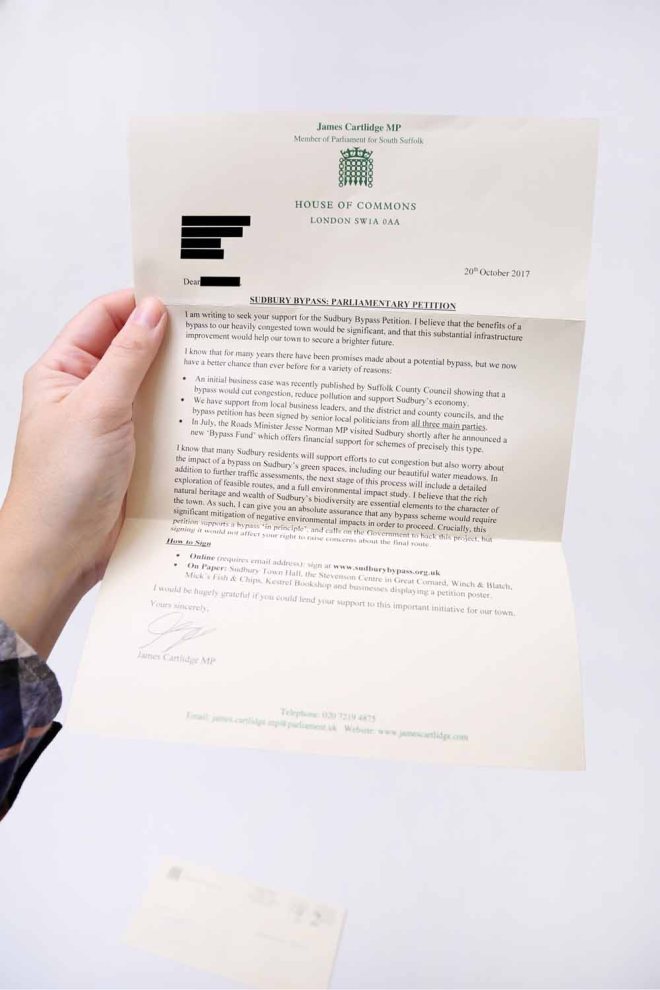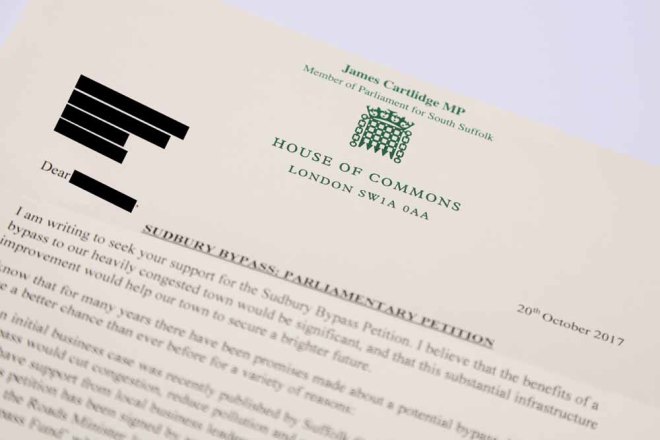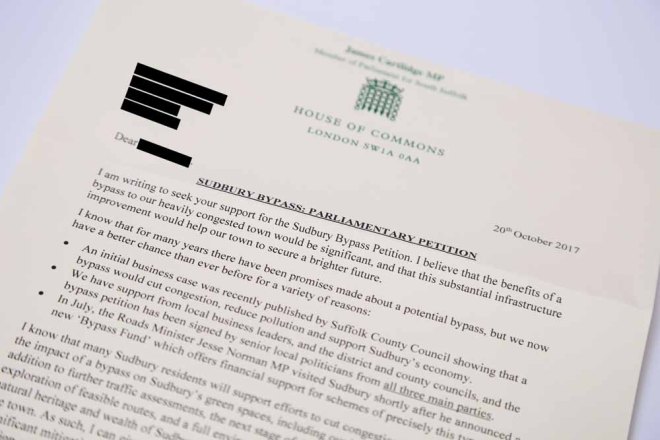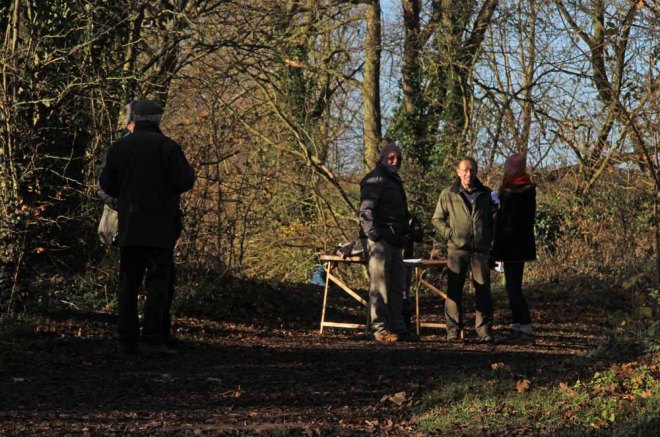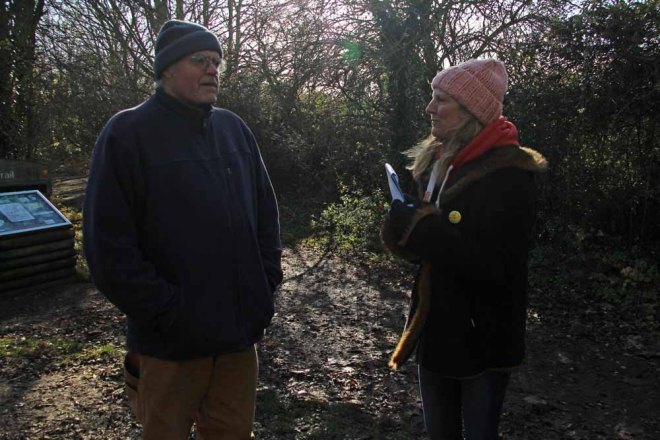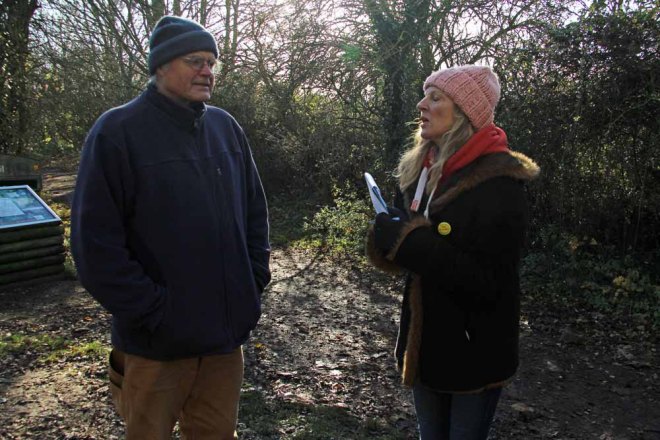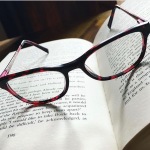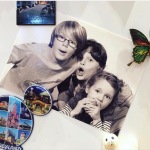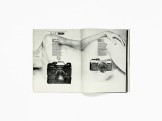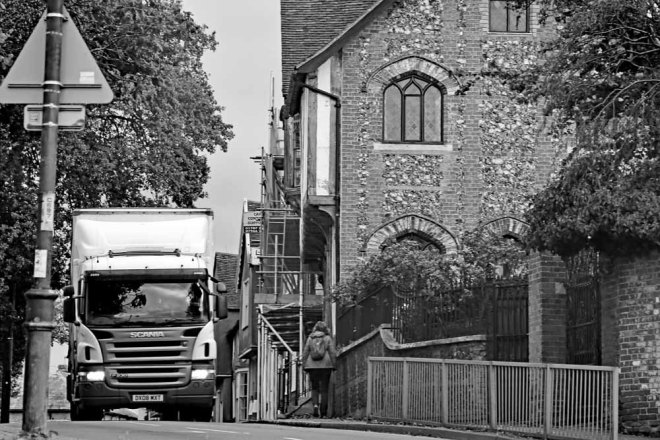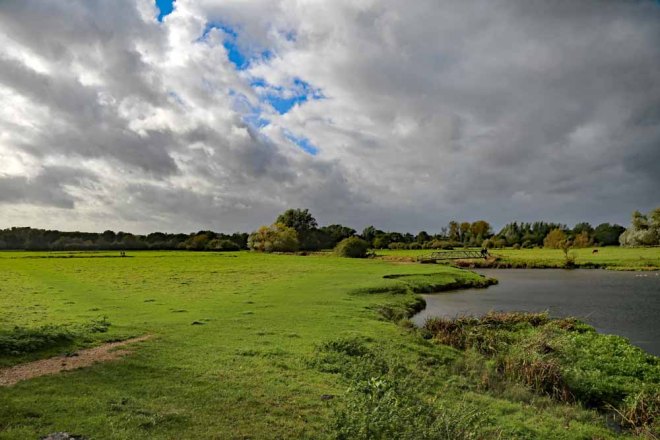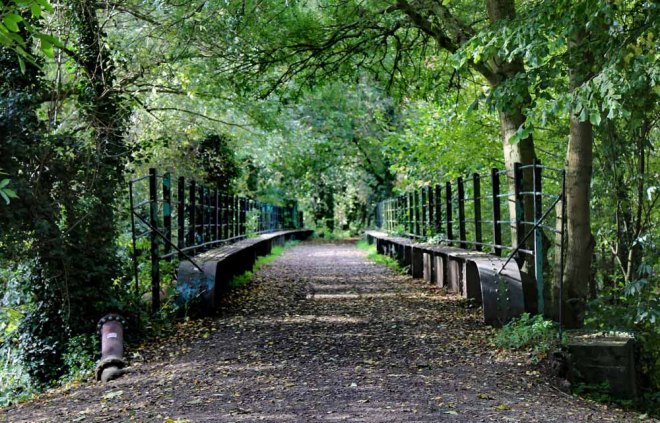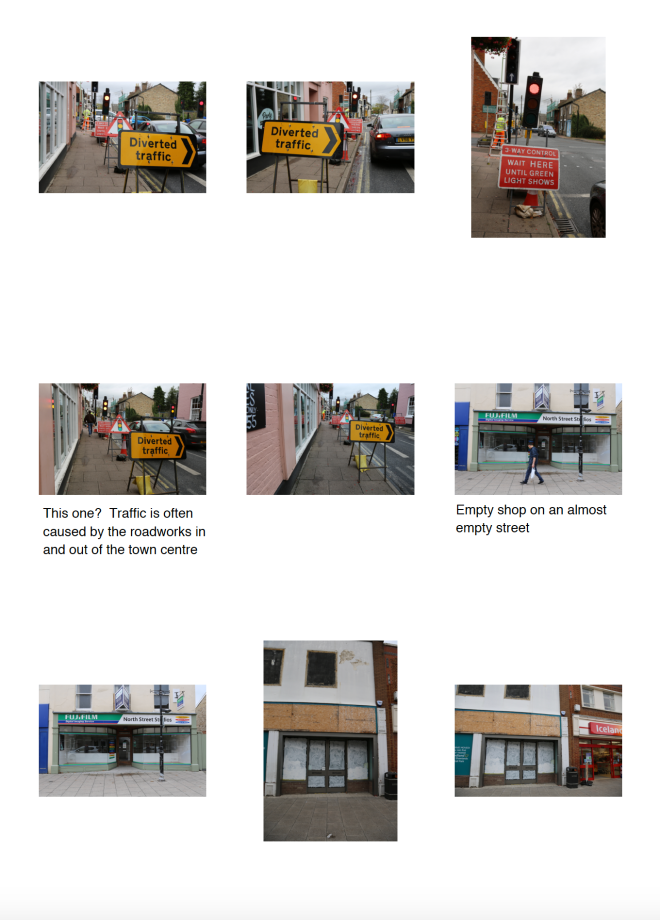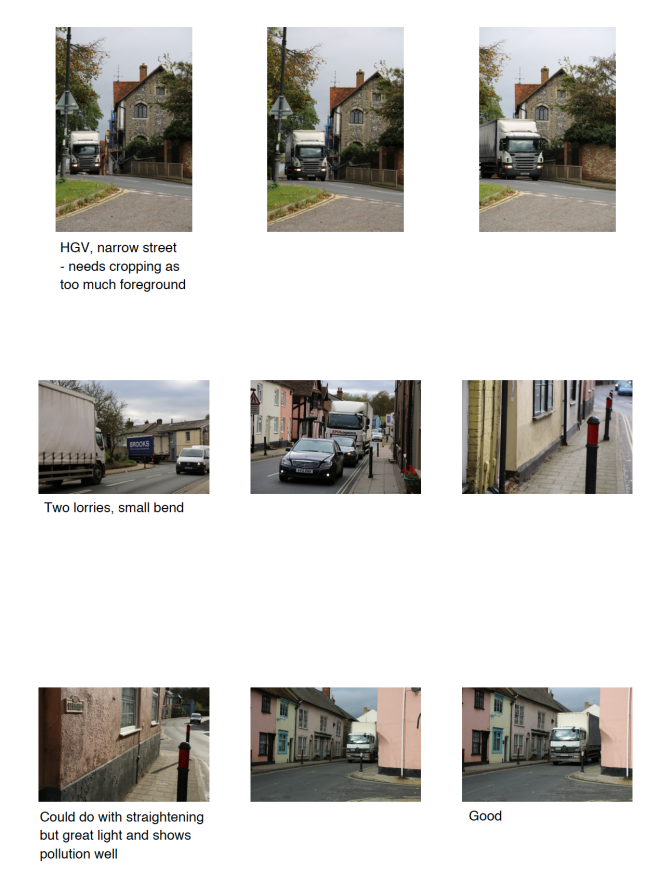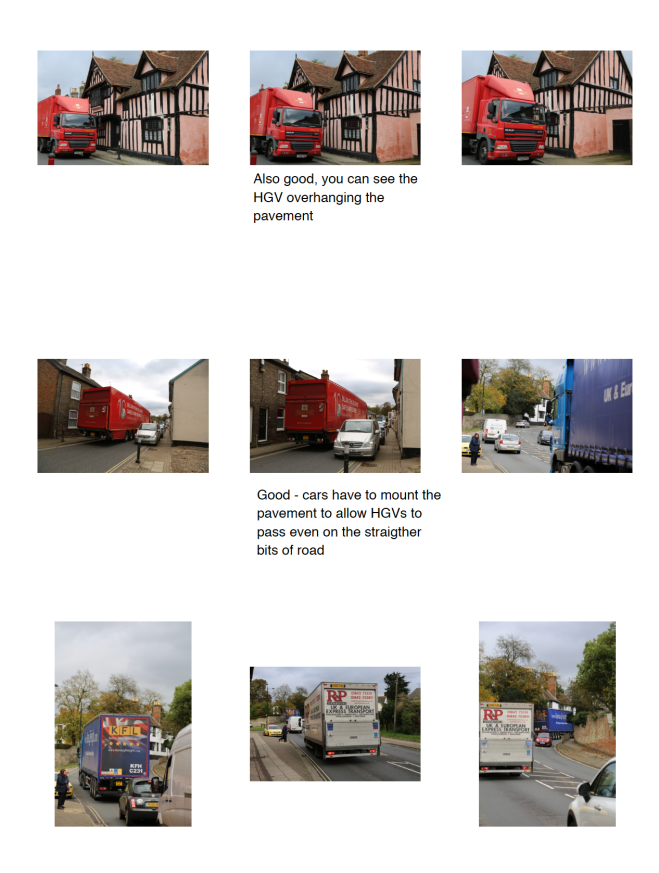Overall Comments
A good start with lots to develop (as discussed) over the coming months!
Feedback on assignment
Rebecca Bain – 512434 Assignment 1 Context and Narrative
It is now mandatory for each OCA course to have its own learning log. I notice on your submission that you have several courses tabulated on your current site. I think your first job will be to rework you leaning log to contain only one course and all of the related exercises and research and reflection, etc.
Also, your horizontal menu bar at the top of the first page of your homepage must have some extra headings added or redesigned for better access to all of your material. Look at this example of a student LL and use similar headings for your next assignment submission: https://ocasjf.wordpress.com/ and https://dorakazmierakblog.wordpress.com/
You have chosen for this assignment to look at the two sides of a story which involves the proposed running of a bypass through your home town. This is obviously a potent subject, with feelings running very high on both sides and with high stakes regarding quality of life etc. for many involved. So, it’s a promising subject to pick.
There are several approaches that you could have taken. You have as you say ‘focused on the appearance or ‘look’ of the images’. You say ‘I think the photographs have good composition and are attractive to look at despite the dull subject matter’. My question to you would be why have you chosen this self-described ‘dull’ subject matter? As mentioned, this subject is one that clearly provoked much debate, with lobbying groups, demonstration, placards and signs all evidencing the feeling felt by the subject.
Did you consider including any of this material in your final assignment – or even in the supporting material? Remember that you can photograph pages of sketchbooks, log books and or diaries and include these in support of your ongoing research into your assignment subject.
As you move through this course, we will have regular skype discussions to go over your work and importantly to discuss potential ideas for any given assignment. It is very important before you begin any piece of work, that you consider and evaluate a number of different approaches and decide which one might work best. (You mention that you put one of your ideas out to the OCA photo students for discussion. Did you get helpful feedback?
Engaging with OCA forums is an excellent way to develop links, strengthen your own work and build up a useful support network. You should also begin to attend study days/visits when you can. Writing these up in the research and reflection section of your LL is an important way of showing that you can engage critically with the word of contemporary photography. These posts should be 500-100 words long and illustrated, where appropriate. If they are reviews of an artist’s work (as for example, is the case of your piece on British photographer Sarah Pickering, these should show that you have read around the artist’s work, (looking at writing by others on her work for example and Harvard referencing your sources) rather than solely proving your own personal opinion.
Student feedback:
‘I was unaware that each OCA course now needed its own learning log and have therefore created one for C&N and transferred across the work I have already completed. I have had a look at the example blogs suggested and will endeavour to set out my log in a similar fashion – it is currently a work in progress. It can be found here rbainocacontextnarrative.wordpress.com
You asked why I chose to include subject matter which I described as dull. My reasoning for this was that I was trying to produce a set of images taken from the point of view of each side with the idea that they could be used in a court style setting (as suggested in the coursebook) to show evidence for both sides of the argument. I found when shooting that it was far more difficult to capture varied and interesting evidence in favour of the bypass than I imagined it would be and ended up with lots of pictures of HGVs turning corners or stuck in traffic. I was unable at the time to think of a better way to portray that side of the argument but agree with you that by changing my approach somewhat, I can include a wider variety of images.
When it comes to the emotive side of the argument, despite the debate having begun originally some 30 years ago, it has not been constant – more something that rears its head every few years – and there have not been any demonstrations, etc and I have found very little older information online. I shall certainly take your advice and visit the local newspaper offices and the library to see if I can find some older articles about it, I had not previously considered taking photographs of photographs, articles and even debates on local pages on Facebook (where most of the debate seems to take place) to add interest to the assignment.
Moving forward I am going to try and rework the assignment to make it flow in a more storytelling fashion rather than presenting it in a court-based evidence style. I particularly like the idea of presenting the images in pairs rather than as 2 separate sets. I always try to post about my thoughts on an assignment before beginning it, detailing any ideas I’ve had and my reasoning behind which I’ve chosen, but had not thought about different ways I could approach the idea once picked. I am hopeful that in future this could help me produce more effective assignments and, at the very least, give me ideas of reworking them if they don’t quite turn out as expected.
I did put my ideas for A1 out to the OCA C&N group for advice and several people replied, the advice from most of them was that the bypass story seemed a good plan to choose for the assignment and though I had already mostly decided on this, theirs and your feedback encouraged me and I felt I’d made the right decision. I also found that looking through other student’s blogs gives me lots of inspiration, it is always nice to see how other people are working and to be able to compare my work with theirs. I was not aware that there are Facebook groups also and will try to find and connect with them.
Unfortunately, due to the hours I work (as a teaching assistant in a school so unfortunately I am unable to take days off during term-time) and my own childcare commitments, attending study visits is not something I am currently able to do. What might be an idea for me, going forward, is to take note of exhibitions mentioned as study days and trying to view online or in books or maybe research the artists instead. This may not have the same impact as going to view the images in person but I should be able to still spend some time looking into the images and the people who take them’
RB.








